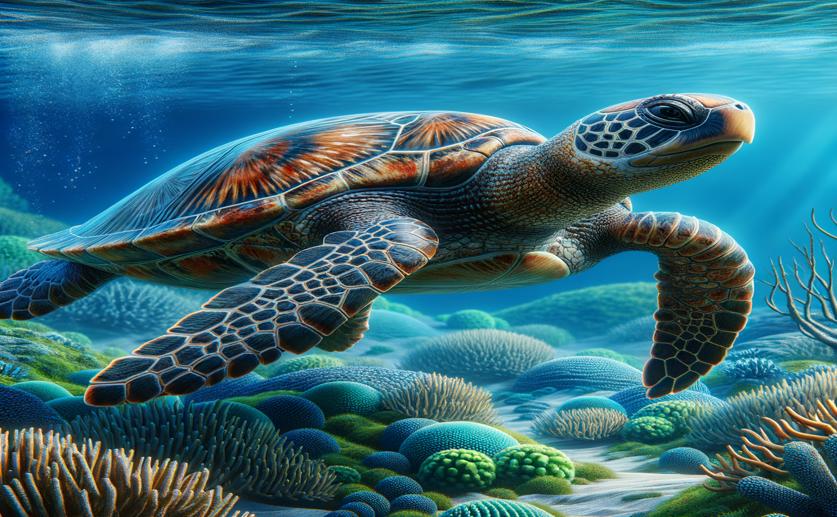
Understanding Marine Turtle Tumors and Viruses: A Comprehensive Health Review
Jenn Hoskins
27th June, 2024

Image Source: Natural Science News, 2024
Key Findings
- The study focused on the prevalence of fibropapillomatosis (FP) and its associated virus, chelonid alphaherpesvirus 5 (ChHV5), in marine turtles in North-western Mexico
- Researchers identified 32 cases of FP and/or ChHV5 infections from 18 reports, with Baja California Sur having the highest number of cases
- The study suggests a significant increase in FP cases over the past decade, with tumors primarily found on the anterior flippers and neck of affected turtles
HealthAnimal ScienceMarine Biology
References
Main Study
1) Epidemiology of marine turtle fibropapillomatosis and tumour-associated chelonid alphaherpesvirus 5 (ChHV5; Scutavirus chelonidalpha5) in North-Western Mexico: a scoping review implementing the one health approach
Published 26th June, 2024
https://doi.org/10.1007/s11259-024-10429-6
Related Studies
2) Further evidence of Chelonid herpesvirus 5 (ChHV5) latency: high levels of ChHV5 DNA detected in clinically healthy marine turtles.
3) Linking pollution and cancer in aquatic environments: A review.
4) Marine mammals as sentinel species for oceans and human health.



 22nd May, 2024 | Jenn Hoskins
22nd May, 2024 | Jenn Hoskins